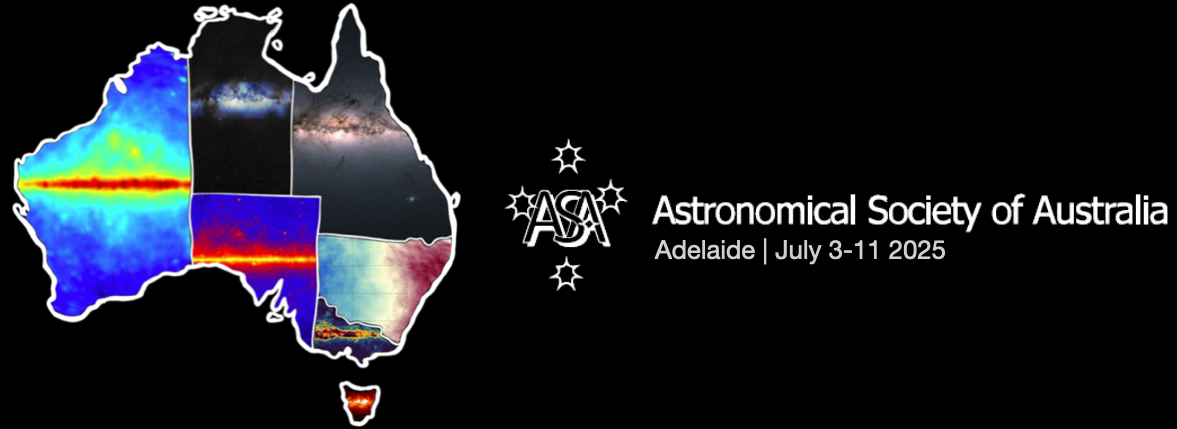Speaker
Description
In my talk, I will present the results from the first monitoring campaign of a Main-sequence Radio Pulse emitter, or MRP. MRPs are main-sequence OBA type stars that emit periodic radio pulses by the electron cyclotron maser emission mechanism. The extra-ordinary stability and simplicity of their magnetic fields set them apart from other magnetic stars on the stellar main-sequence, and also make the MRPs celestial laboratories to understand magnetospheric physics. While spectral properties of the radio pulses from MRPs have been investigated (leading to a wealth of information about how their magnetospheres could operate), the temporal properties remain largely unknown. The key challenge here is the timescale of these pulses. The MRP rotation periods are ~days, so that any monitoring campaign aiming to conduct statistical analysis (e.g. average pulse-profile, drift rates etc.) would be extremely expensive in terms of telescope time. We partially overcame this challenge taking advantage of the stable magnetic properties of MRPs that allows us to reliably predict the pulse arrival times. Under this pilot study, we observed an MRP at 37 epochs using the 16-cm band of the Australia Telescope Compact Array. I will present our initial results that already challenge the current understanding of MRPs, and the potential ways forward.

